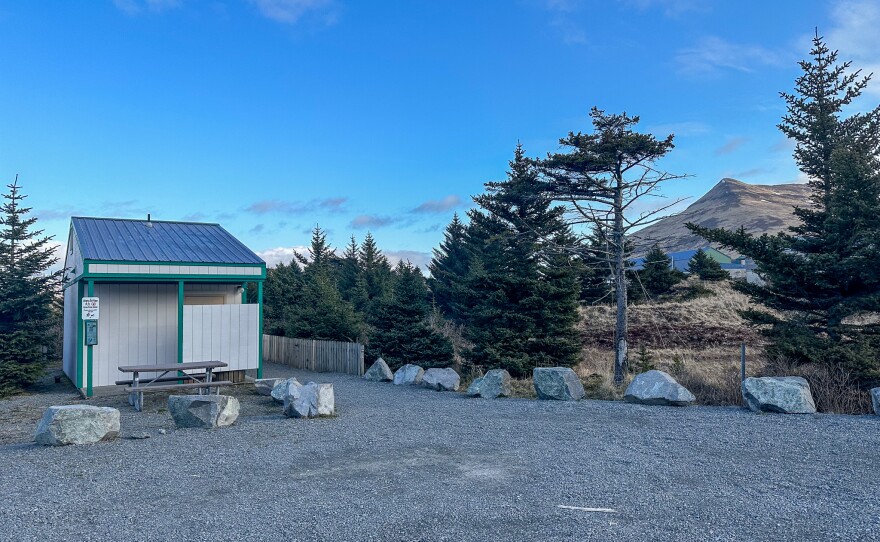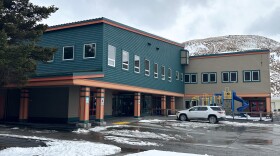The name speaks for itself — Sitka Spruce Park on Amaknak Island has dozens of spruce trees, creating a rare forest-like sanctuary.
Regional lands are known for their tundra valleys filled with grasses, plants and bushes, not a 10-foot tree in sight. But that changed in Unalaska during the 1800s when Russian colonizers planted many Sitka spruce trees on the island.
Rachel Mason, cultural anthropologist with the National Park Service, said that the spruce tree plot became North America’s first afforestation project, introducing trees to an area that didn’t have them before.
“The Russians needed a lot of trees for boats, and for buildings, mostly, and then also to burn for wood,” Mason said. “When they colonized the Aleutians, they liked to bring the environment that they needed with them.”
According to Mason, the Russians transplanted Sitka spruce trees from Southeast Alaska because of their hardiness and ability to withstand challenging conditions.
It’s hard to grow trees in the Aleutians because of regular strong winds, but Mason said the Russians didn’t know how to live without wood.
“Somebody got the idea in about 1800, or 1805, I think is the best estimate of when they were planted,” Mason said. “The idea of becoming self-sustaining was that they would have the trees right there.”
For thousands of years before Russian arrival, the Unanagax̂ people lived in the Aleutians without trees. Mason said the land was like bread and butter to them; they relied on marine resources for nearly all aspects of their lives.
"The Unanagax̂ did not use much wood at all before the Russians came there,” said Mason. “Even their houses, although they might use driftwood in building the semi-subterranean houses, they used whalebone a lot too.”
Today, Sitka Spruce Park is managed by the City of Unalaska’s Department of Parks, Culture and Recreation. The trees surround the park’s pirate-themed playground and small field.
Department officials said the original spruce trees from the 1800s are all gone, but their offspring are standing high today, alive and healthy. The other spruce trees dotted around Amaknak and Unalaska islands likely came from the original tree’s seedlings.









